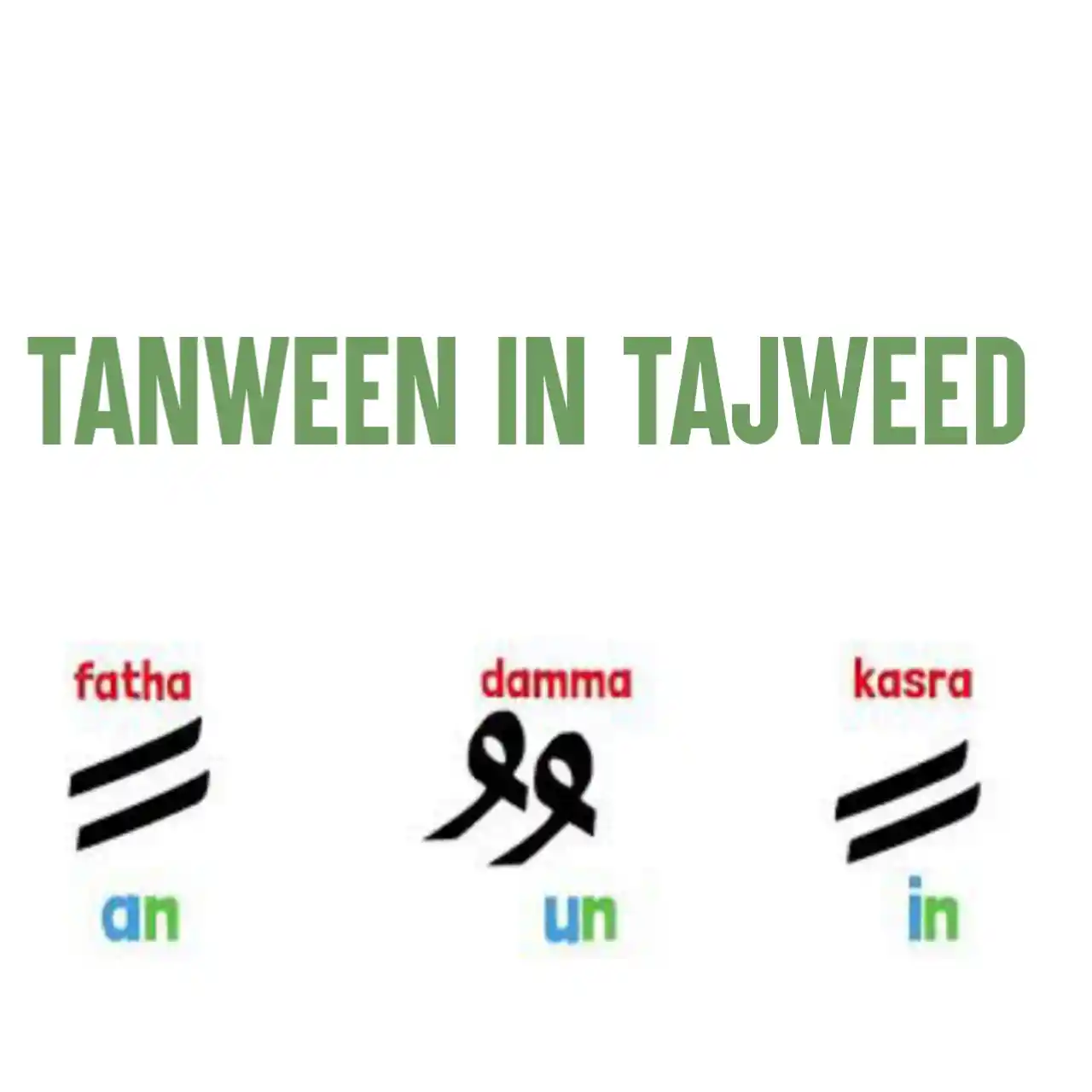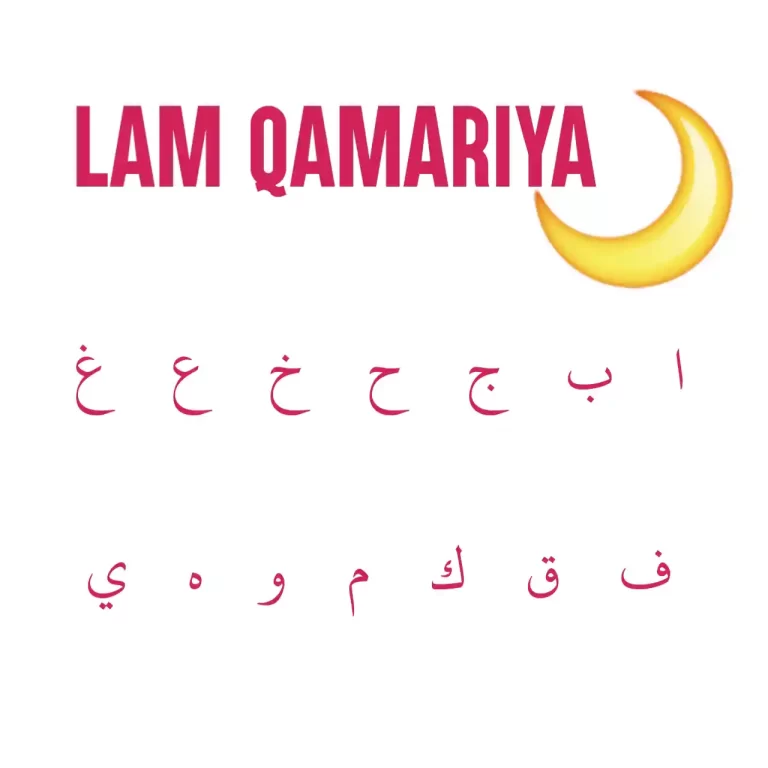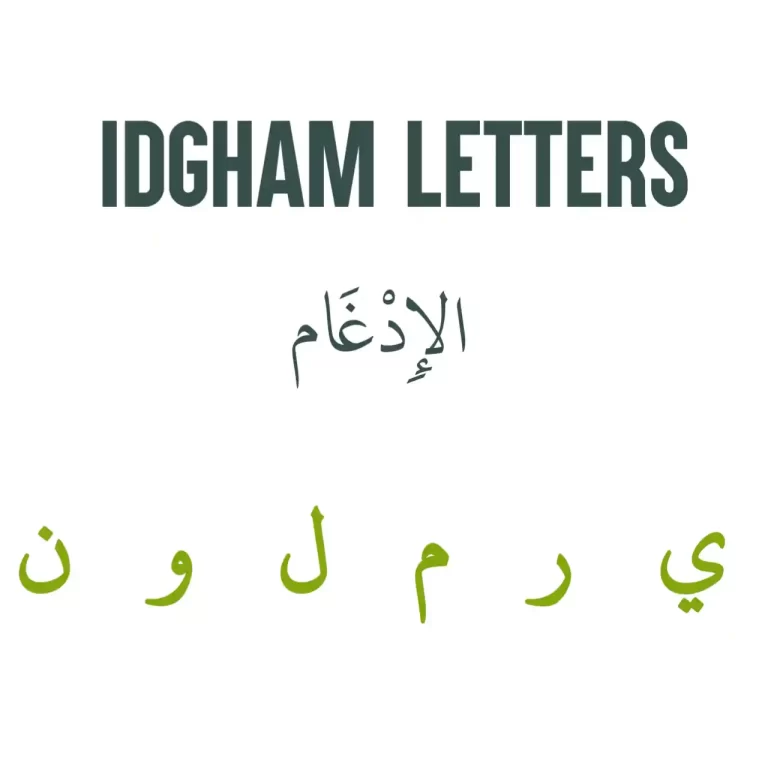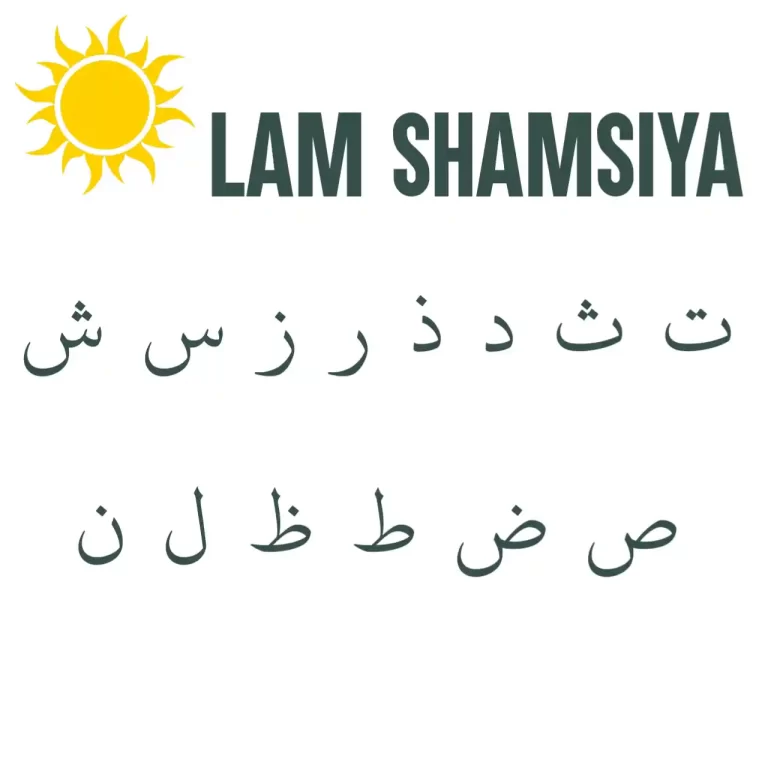What Is Tanween In Tajweed And Quran With Examples
In this lesson, we will be looking at what is tanween in tajweed and Quran, examples of tanween in Quran, 4 rules of tanween in tajweed and many more.
Advertisements
What Is Tanween In Tajweed?
In tajweed, tanween means doubling of the short vowel signs into two fathas (Fathatayn), two dammas (Dammatayn), and two kasras (Kasratayn). Tanween is like a nun with jazm (nun with sukoon) at the end of a word but is written differently.
It is written in Arabic as تَنْوِينٌ. Tanween is called nunation in English and stands for an extra نْ at the end of a noun, which you pronounce but do not write.
Tanween is made by adding a ‘n’ sound to the short vowels.
- In Fathatayn, the sound is (an) (i.e. بً bann)
- In Kasratayn, the sound is (in) (i.e. تٍ tin)
- In Dammatayn, the sound is (un) (i.e. سٌ sunn)

Rules Of Tanween In Tajweed
There are four rules related to Tanween in Quran. The rules apply on the characters that appear after the tanween. The four Rules are:
Advertisements

First Rule: Izhar
Izhar literally means to make something CLEAR. In Quran recitation Tajweed rules, Izhaar means to make the letter clear.
Whenever a Tanween is met with any of the izhar letters you pronounce it with clearly. The simplest way to understand Izhaar is to pronounce it without a nasal sound.
The six izhar letters in Arabic are as follows:
- الهمزة (ء)
- الهاء (ه)
- العين (ع)
- الحاء (ح)
- الغين (غ)
- الخاء (خ)
In order to remember the letters of the izhar, this sentence contains all the six izhar letters. Each first letter of the words has the izhar letters.
أَخِي هَاكَ عِلْمً حَازَهُ غَيْرُ خَاسِرٍ
Advertisements
Examples:
| Letters of izhar | Examples |
| الهمزة (ء) | وَمَا يَأْتِيهِم مِّن نَّبِيٍّ إِلَّ |
| الهاء (ه) | سَلَامٌ هِيَ حَتَّى مَطْلَعِ الْفَجْرِ |
| العين (ع) | حَكِيمٍ عَلِيمٍ |
| الحاء (ح) | لَعَلِيٌّ حَكِيم |
| الغين (غ) | إِنَّ اللَّـهَ لَعَفُوٌّ غَفُورٌ |
| الخاء (خ) | إِنَّ اللَّـهَ لَطِيفٌ خَبِيرٌ |

Second Rule: Idghaam
Idgham literally means to merge something into something else. And Idgham in terminology is confluence of a consonant letter with a vowel one, so these two letters become one letter, and pronounced as one letter with a weight of two letters.
There are 6 idgham letters in Tajweed. The letters causing idghaam of tanween are as follows:
Advertisements
- الرّاء (ر)
- الميم (م)
- اللام (ل)
- الواو (و)
- النون (ن)
- الياء (ي)
These letters of idgham are collected in the word:
يَرْمَلُون
Note: Idghaam will only appear in two words.
If one of these six idgham letters appears at the start of a word that immediately follows one that ends in tanween, the noon merges into the following letter, this is idghaam.
The two types of idgham are as follows:
- ldgham with Ghunnah (Idgham Bighunnah)
- ldgham without Ghunnah
Examples
| Idgham Letters | Examples |
| الياء ي | لقومٍ يُؤْمنون |
| النون ن | يومئذٍ نَاعمة |
| الميم م | جزاءً مِن |
| الواو و | وليٌ وَلا |
| Without Ghunnah | |
| الرّاء ر | غفورٌ رحيم |
| اللام ل | هدىً للمتقين |

Third Rule: Ikhfa
Ikhfa literal means to conceal or hide something. The applied definition of ikhfa is the pronunciation of a non-voweled letter stripped of any shaddah, characterized somewhere between an izhar and an idgham with a ghunnah remaining on the first letter.
There are 15 letters in the Arabic alphabet, all causing ikhfa, or hiding of the tanween; they are:
- Ta ت
- Tha ث
- Jim ج
- Dal د
- Dhal ذ
- Zay ز
- Sin س
- Shin ش
- Ṣād ص
- Ḍād ض
- Ṭāʾ ط
- Ẓāʾ ظ
- Fa ف
- Qaf ق
- Kaf ك
To remember letters of ikhfa, there is poem which collected the all fifteen letters. If you are able to memorize it, you can easily remember the letters of ikhfa.
They are the first letter of each word in this verse;
صِفْ ذَا ثَنَا كَمْ جَادَ شَخْصٌ قَدْ سَمَا # دُمْ طَيِّبًا زِدْ فِي تُقًى ضَعْ ظَالِمَا
Examples
| Ikhfa Letters | Tanween Examples |
| ت | ناراً تلظى |
| ث | مآءً ثجاجاً |
| ج | خَلْقٍ جَدِيدٍ |
| د | كَاْسَاً دِهاقاً |
| ذ | مسكيناً ذا |
| ز | صَعِيداً زَلَقاً |
| س | وَرَجُلاً سَلَماً |
| ش | سَبعاً شداداً |
| ص | صفاً صفاً |
| ض | وَكُلاً ضَرَبْنَا |
| ط | صَعِيداً طَيِّباً |
| ظ | ظِلاًّ ظَلِيلاً |
| ف | كدحاً فملاقيه |
| ق | عذاباً قريباً |
| ك | كراماً كاتبين |
Fourth Rule: Iqlab
Iqlab literally means to change something into something else. In Tajweed, Iqbal occurs if after tanween appears the letter of Iqlaab then the reader will substitute the Tanween into a Meem (م) and it will be recited with the sound between Idghaam and Ikhfaa’.
There is only one letter of iqlab. The iqlab letter is Baa (ب).
Examples:
- اِنَّ اللّٰهَ سَمِیْعٌۢ بَصِیْرٌ
- اِنَّهٗ عَلِیْمٌۢ بِذَاتِ الصُّدُوْرِ
- كَفٰى بِهٖ شَهِیْدًۢا بَیْنِیْ وَ بَیْنَكُمْؕ

Advertisements







One Comment